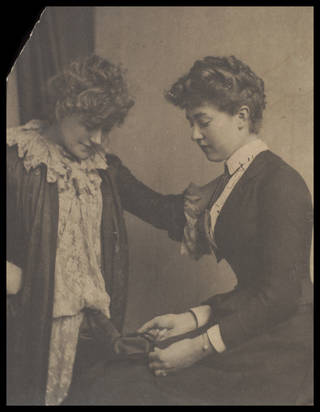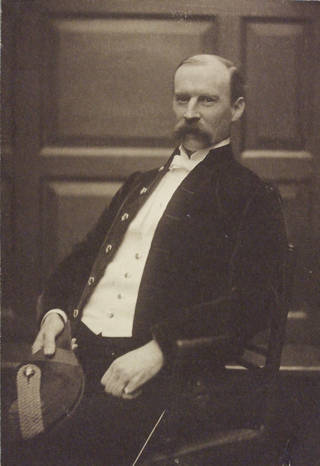In contrast to his previous work with engraving, photography offered Frederick Hollyer an effective and relatively fast method of reproducing artists' works.
Early methods
Hollyer's early photographs were albumen prints and salt prints made from collodion negatives. These were often in the form of carte de visites – photographic prints attached to stiff card backing that were popular in Victorian times as calling cards and for trading and collecting.


Platinum prints
As he progressed into photographing artists' paintings and taking larger portraits, Hollyer experimented with developments in photography. In 1878, he began to use a new process called platinum printing (also called platinotype).
The shift to platinotype printing and gelatin dry plates improved the quality of Hollyer's reproductions. His platinotypes were 'untouched' and soon prized for their tonal range, matt finish, permanence and faithful rendering.


In 1894 the Photographic Journal (now known as the RPS Journal) included Hollyer's step-by-step instructions for platinum printing:
- Don't finger the paper on the front
- Dry the felt pads bone dry over a gas stove
- Exposure: diffused light or sunlight in November, December and January
- To determine exposure: develop and dry off one print as a guide
- After exposure roll the prints face out and put in a storage can
- Development: I use a saturated solution of oxalate – made with boiling water in a large jug – stired with a stick and left to settle. Temperature of bath: 130 – 170 degrees
- Clearing: Hydrochloric acid, 1 part to 60 or 80; 1st bath 10 minutes followed by a 2nd bath
- Washing: The object of washing is to get rid of the acid, for that use about three or four changes of water

Learn more about photographic processes in our Collections.

